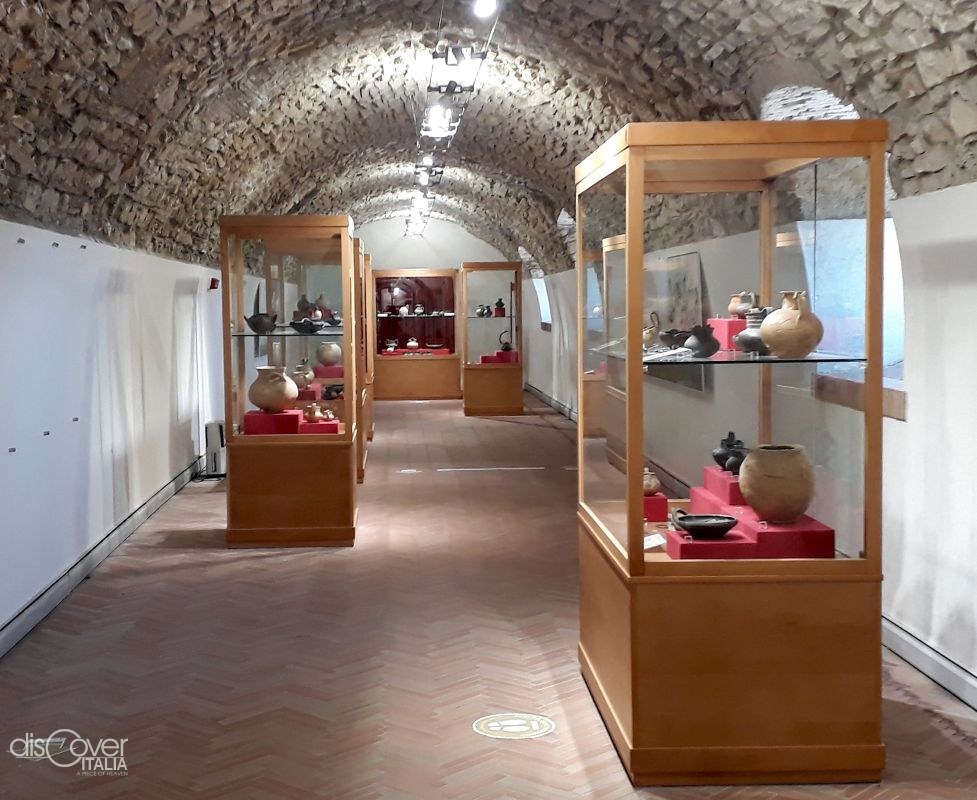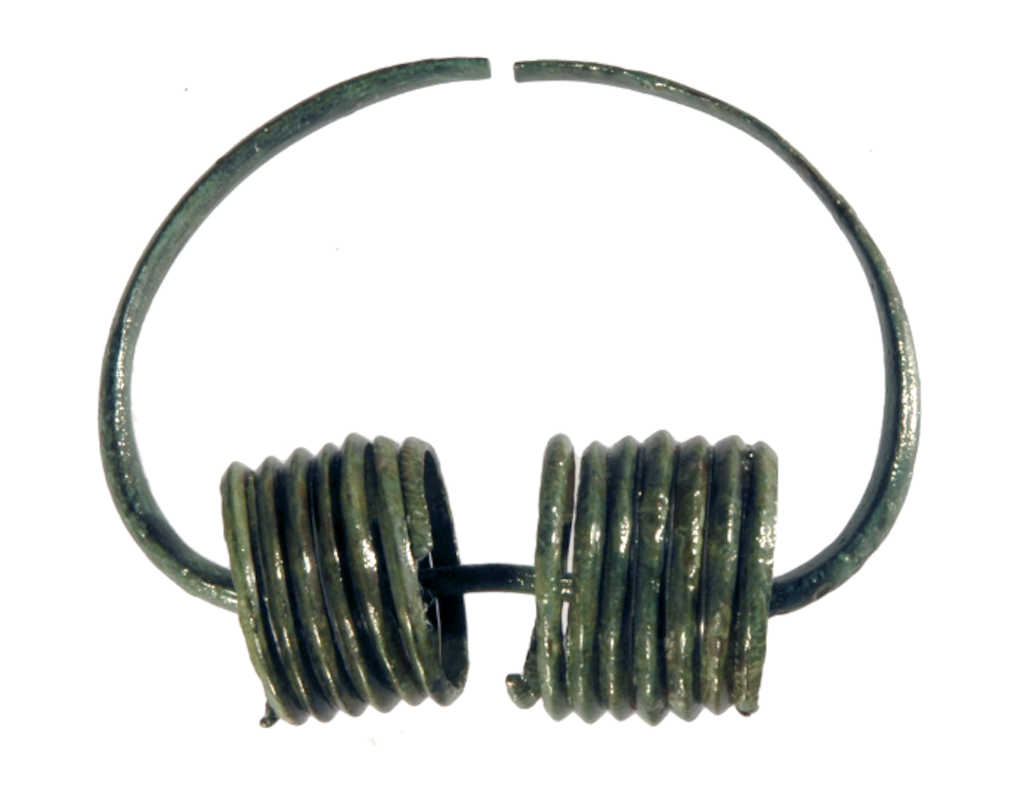The great river accompanied them through the Apennines. They had travelled along its course from the Adriatic, looking for new fertile and welcoming lands beyond the mountains.
 And after a long journey they had found a place to live, good for agricultural activities and sheep farming that they had always practiced. They settled in a large area that already met humans in the 15th century BC, six centuries before them.
And after a long journey they had found a place to live, good for agricultural activities and sheep farming that they had always practiced. They settled in a large area that already met humans in the 15th century BC, six centuries before them.
It was in fact the end of the 19th century when the high valley of Ofanto saw the rise of several villages, belonging to that new people, bearer of a new culture that contemporary historians have called Cairano-Oliveto Citra, referring to the two archaeological sites that revealed its existence first. Of which precious historical evidences have also been found in the territory of Bisaccia, on the hill of the old graveyard facing to the west the center of the ancient town.
The archaeological area of Bisaccia was explored between 1973 and 1996 by the Archaeological Superintendence of Salerno, which brought to light a stratigraphy corresponding to a time span between the 15th and 14th centuries BC, with a chronological alternation of settlements for the living and burials. From the village of huts of the Middle Bronze Age to the necropolis between the 9th and 7th centuries, from the houses of the 6th and 5th centuries to those of the 4th, a period to which some tombs also date back. Particularly interesting was the contribution of knowledge brought by the excavation of the most ancient necropolis, with its precious findings, on the study of the culture of Cairano-Oliveto Citra.
These findings have found a worthy collocation in the MAB, the Archaeological Museum of Bisaccia, wanted and set up in 2009 by the archaeologist Giampiero Galasso, who is its scientific director. And a wing of the Ducal Palace in Bisaccia was chosen as head office, where the stables were formerly located. Three rooms on the ground floor where 800 findings from the necropolis of the old graveyard are displayed, according to a chronological order that highlights the social evolution of the community settled in the Bisaccia area during the Iron Age, between the end of the 9th and the end of 7th century BC

In the first room are exposed a part of the findings of the most ancient funerary objects. Characteristic elements of the Cairano-Oliveto Citra culture are the earth-pit tombs (we are talking, in fact, of Fossakultur), rectangular in shape, covered with stones and river pebbles. Inside were placed, with the body in a supine position, ceramic objects and ornaments. The fact that there were no differences between grave goods of men and women, apart from the presence of whorls for women and razors and weapons for men, is indicative of a substantial social equality among the inhabitants. Among the most significant goods of that phase are that of a warrior with a bronze spear, a cup and a ceramic jug.
A second phase in the life of the community occurred around the middle of the 18th century, when among the burial goods, generally richer in objects, began to be noticed signs of differentiation of social classes. Of particular interest is the content of Tomb 76, with various ornaments and objects indicating its belonging to a weaver.
The second room proposes, through findings from tombs dating back to the first half of the 7th century, a further evolution in the organization of the village, with the advent of a more marked social and economic differentiation. It’s what has been identified as the age of the principes, which is reflected in ceramic and metal objects of greater value, of more refined workmanship and also of import, testifying relationships and exchanges with other communities both of the Daunia and of the Tyrrhenian coast .
The Tomb of the Princess ...

At the center of the exhibition there is a life-size reconstruction of Tomb 66, the most famous of the necropolis, excavated in 1975 and belonging to a high-ranking young woman who lived in the second quarter of the 7th century. This was deduced above all from the particularity of the sepulchre, which suggested the idea of a veneration in the time of the deceased. The richness of the trousseau, exhibited in the room, leaves no doubt about the very high social class of the young woman: a wide assortment of well made ceramic objects, bronze vessels of Etruscan origin, bronze spindle whorl and the unusual presence in a female tomb of a bundle of three iron skewers, a symbol of agricultural wealth, usually associated with male burials. And then a refined dowry of jewels: fifty-one bracelets, necklaces of precious amber, bronze pendants and fibulae and even a staff of command.
Of great value for its uniqueness and shape is the funerary dress of the "Princess", enriched with over three thousand bronze buttons, metal rings and discs and a large double spiral trinket with various pendants. There is also a conical bronze headdress, which had to be accompanied by a veil, fastened on the forehead by bronze rings.
… And the Tomb of the Warrior

Other weapons discovered in the necropolis are exhibited in the room, also housing the burial kits of the orientalising period, the richest for the community.
The third room is a tribute to Professor Nicola Fierro, passionate lover of Bisaccia's past, author of an important donation to the museum. The exhibition offers ornaments, weapons and objects of common use; the precious bronze jewellery of Tomb 82 and a wide variety of trinkets used by men and women.
To complete the staging, there are 3D videos reconstructing and bringing back the village and its necropolis from three thousand years ago to the present.
Useful information:
Tuesday - Sunday: 11 a.m. - 1 p.m.; 5 p.m. - 7 p.m.



Comments powered by CComment